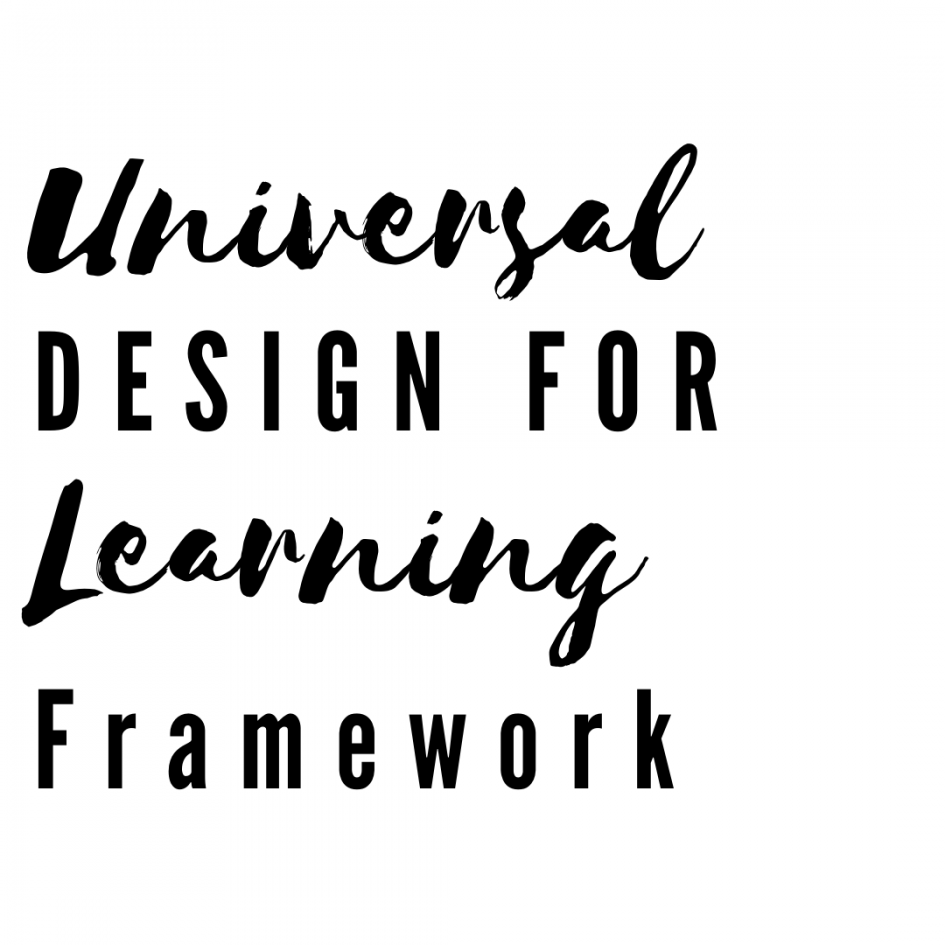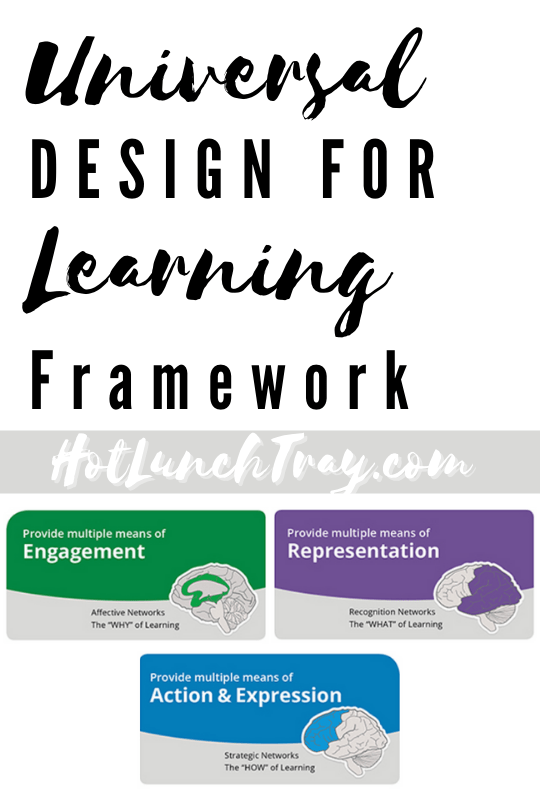The Universal Design for Learning framework is a more recent approach to instructional design. With the rise in Internet-enabled platforms, K-12 classroom educators are now paying attention to how they teach online, whether partially (as in blended learning) or fully (as in online learning). Using the Universal Design for Learning framework to design learning experiences is not for only special needs, IEP students, or online learners, but instead benefits all learners.
Universal Design for Learning (UDL)
Internet teaching and learning make frameworks such as UDL necessary. The Web Content Accessibility Guidelines (WCAG) explain how to make web content more accessible; accessibility helps everyone not only those with disabilities.
While the principles of Universal Design for Learning (UDL) apply to all learning, not all educators are knowledgeable or interested in UDL principles. If this is an important shift in curricula being created by educators versus textbook companies, then a way to shift the importance of UDL must be made for future teaching and learning to be more fully accessible.
Pre-Service Teacher Training
Sentürk (2019) points out that the Technological Pedagogical Content Knowledge framework (TPACK) represents the entirety of what teachers know. If Technological knowledge is not nurtured in teacher training two adverse things could result. First, pre-service teachers may internalize the impression that technology is not important at all. Second, they may instead assume that technological knowledge is less valuable than Content or Pedagogical knowledge. In fact, technological knowledge is crucial to UDL.
According to the research by Lanterman and Applequist (2018), there is an ability to shift the perceived importance of UDL within pre-service teachers. Their study suggests “…significant change toward interventionist beliefs about learning, teaching, and disability…” simply by completing an assigned unit of study on UDL.
Colleges or universities may be reticent to endorse products or vendors. If this is the case, typically a universally free version of a learning management system (LMS) is utilized; think about all the pre-service teachers who know about Google Classroom, but not the specific LMS your school/districts use. For such situations, the ability to identify and use a product with universal access and customizability to the UDL principles is crucial.
In-Service Teacher Training
Teachers in-service do understand learner variability extensively. While the use case does not have to be made to them, the case for the use of their time does need to be parsed.
Expected questions might include:
Is this something the special education teacher(s) can do?
Can I just make the content first and then return to it to make edits to fit UDL?
Why should I take the time to make it accessible up front when that is such a small part of my classroom make-up?
School districts/schools could make this a required unit in the onboarding process for new hires. This would underscore the importance of UDL in the district and afford the time to teachers in advance of starting their classroom duties. Alternatively, to increase the current accessibility of content in schools, professional learning days could be used to learn about UDL and update their curricula to the UDL framework working with peers and identified experts (Evmenova, 2018).
Online Course Design
In the K12 sector, online content is either purchased as converted courses from higher education (HE) institutions or vendors. With the demand for online content increasing it is reasonable to assume this is a growing opportunity in K12. K12 has the benefit of time over HE; K12 can see what they like or do not like about the HE content available to them.
My solution as a leader in my K12 district involves onboarding any content writers/developers through a UDL module to educate them on the ease and practicality of creating content in the open and accessible manner UDL prescribes.
Motivation
Teachers may understand UDL to be a framework for content building aimed only at special needs learners. Educators who understand that building accessible content well the first time makes the content more open to a wider audience may embrace UDL easier. Consider coupling information on the Web Content Accessibility Guidelines (WCAG) with the POUR categories. The WCAG is broken into four main principles, which state that content must be POUR: Perceivable, Operable, Understandable, and Robust.
The single best resource I have found comes from the Association of Talent Development (n.d.) (which offers a student discount). Examine the “Helps Learners Who..” column. This document, or a similar one you recreate, would advance the acceptance of UDL in in-service or pre-service educators alike.
``
References
Evmenova, A. (2018, January 01). Preparing teachers to use universal design for learning to support diverse learners. Journal of Online Learning Research, 4(2), 147-171.
Johnson, J., Bright, A., Welna, N., & Boyt, M. B. (n.d.). ATD: The World’s Largest Talent Development Association. https://www.td.org/.
Lanterman, C. S., & Applequist, K. (2018, January 01). Pre-service teachers’ beliefs: Impact of training in universal design for learning. Exceptionality Education International, 28(3), 102-121.
Sentürk, S. (2019, December 01). Investigation of pre-service teachers’ techno-pedagogical skills and lifelong learning tendencies. Participatory Educational Research, 6(2), 78-92.
W3C Web Accessibility Initiative. (n.d.). Web content accessibility guidelines (WCAG) overview. https://www.w3.org/WAI/standards-guidelines/wcag/.







2024-06-28 at 3:12 am
Loved the article. Thanks for sharing!
Angels Group Tuitions recently posted…Hello world!
2024-06-29 at 8:55 am
I appreciate you sharing this informational post
2024-06-30 at 5:13 am
I really like the post. Thanks for sharing.